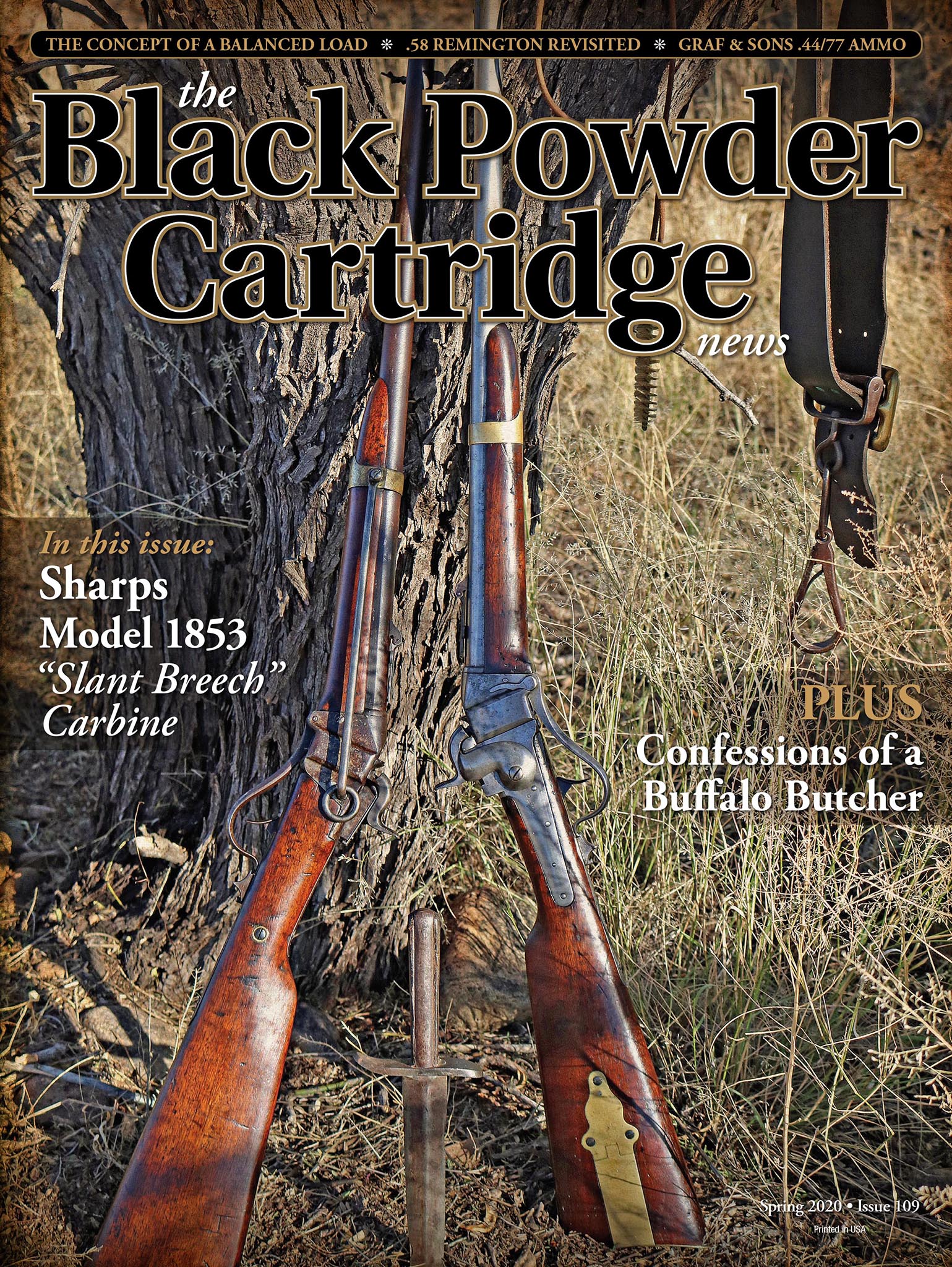A Glimpse into the History & Future of the Oldest Shooting Sport
feature By: Lucinda Bryan | February, 20
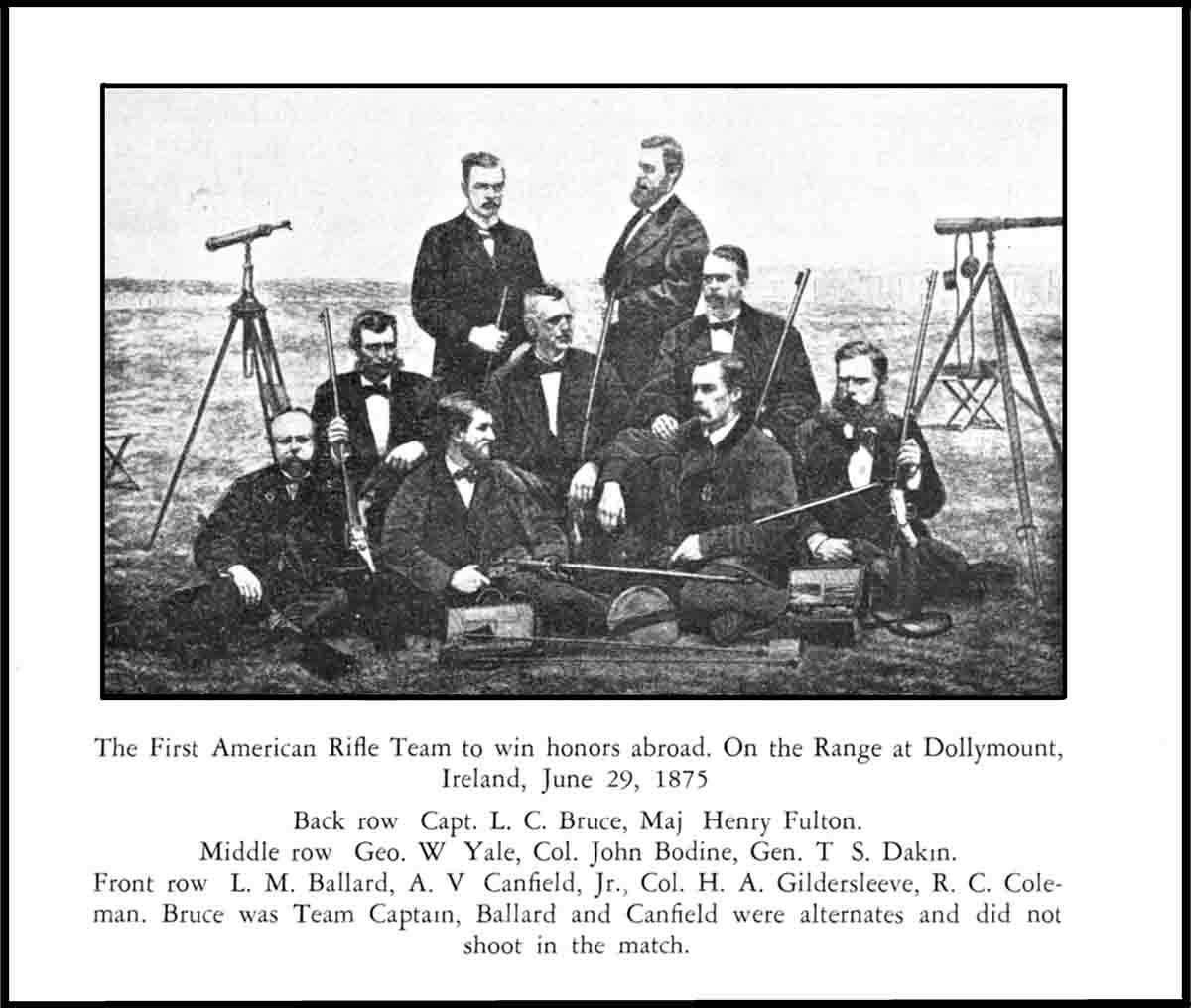
In the late 1800s, before baseball and football were national sports, target rifle matches were the most popular sporting events amongst society. On Sundays, men and women would dress in their best attire to attend these long-range target matches. In 1874, one of the most famous competitions ever held was the first Creedmoor Long Range Match between the team from Ireland and the newly-formed National Rifle Association (NRA) team from America.
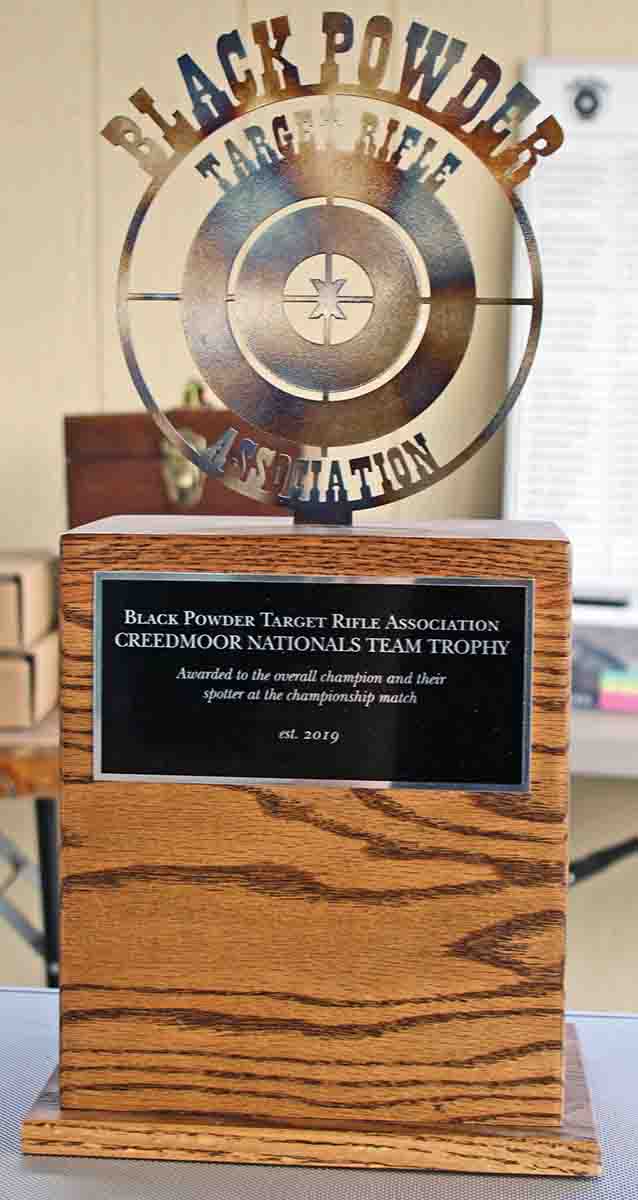
The sport of long-range shooting was catching on in Great Britain, Scotland, and Ireland. In England, at the Wimbledon Range, 800, 900, and 1,000-yard matches, called the Elcho Shield, took place. In 1873, the Irish team won the match and they immediately challenged the Americans to a long-range competition to be held in the United States the following year. The Americans accepted the challenge and began the search for a place to build a rifle range for the upcoming match.
On Long Island in New York, there was an old worn-out farm called Creed’s Farm, named after the family who originally owned the place. The land was scraggly and foggy, resembling the moors of England and Scotland. Due to the resemblance, they began referring to the old farm as “Creed’s Moor.” The name stuck, and the newly constructed range, complete with a railroad line out to the range, became known as the “Creedmoor Shooting Range.”
In 1874, more than 10,000 spectators, many of them Irish immigrants, attended the match at Creedmoor. Telegraph operators attending the match reported the results of each shot fired. The Americans won the trophy, taking it away from Ireland, but only because one rifleman on the Irish team fired a shot on the wrong target. As such, the win was considered to be a bit of a hollow victory. A year later the Americans traveled to Ireland to compete in a rematch. It was said to have 30,000 spectators attending the competition, many rooting for the home team, but the Americans won again. They were shooting at a target that was 12-feet wide with four-foot wings and a 30-inch square. This match is what started Palma shooting, which consisted of 15 rounds per target, at 800, 900 and 1,000 yards. In the late 1880s to 1890s, the Palma match, along with the NRA, went dormant. Around 1901 both the NRA and Palma shooting would come back.
I found an article in the Harpers weekly newspaper of July 24, 1875, reporting that Col. Gildersleeve of the American team and Lee of the Irish team were tied at 19 each. It was the 1,000-yard match and if you missed, you were made to retire in accordance with a rule that stated, “Any man who misses the target must withdraw.” Messrs. Bodine, Dakin, and Coleman of the American team made misses. The tie between Gildersleeve and Lee was then to be shot off. They agreed that the shoot-off would be three shots apiece. After the first round of shots, they were still tied. They began to shoot on their second round of three shots. Gildersleeve managed to score three bull’s-eyes, worth a score of 12 points; Lee scored only 10 points. The American team won the match outright with a score of 39 against Irish team’s score of 38. The Hundred Guinea Cup, presented by the London Dramatic News, was won at Dollymount on July 3, 1875, by Col. Gildersleeve of the American team.
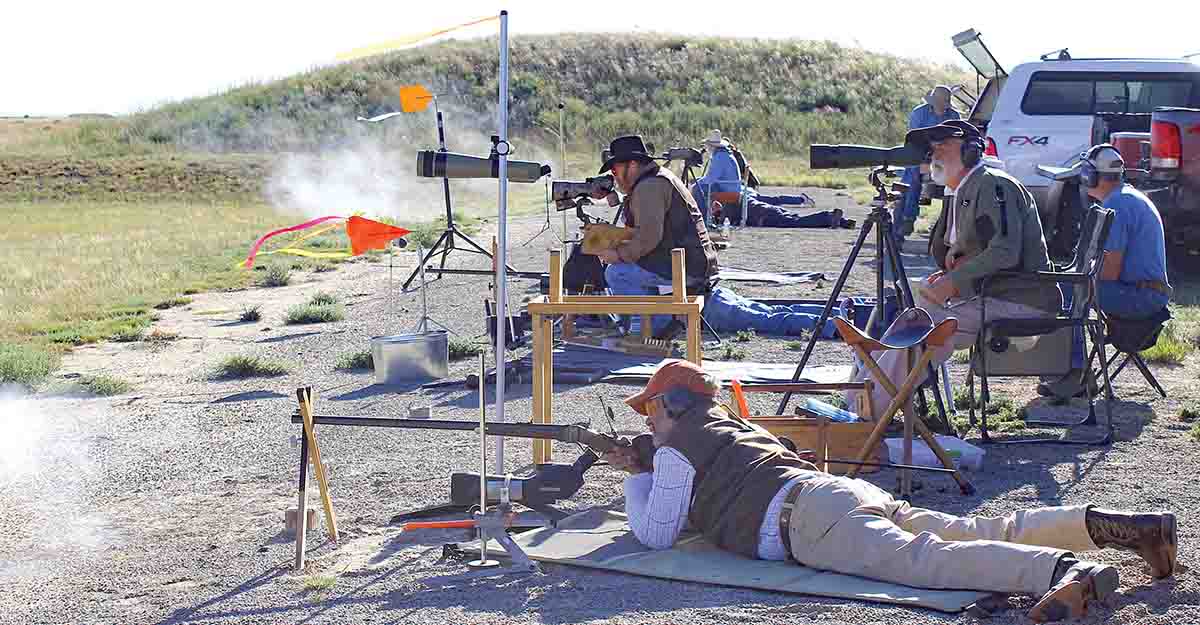
More than a century later, long-range matches, using the same type of rifles as in the late 1800s, are being held around the world. Some competitors are still using original rifles passed down over the decades. The heritage of Creedmoor shooting, along with the pungent odor of black powder smoke wafting through the air, lives on today. At Shiloh Rifle Manufacturing Co., we are privileged to be a part of this great heritage and shooting sport. It is important that we, as shooters, educate new shooters and help this sport to continue to grow, so as not to repeat history and allow the sport to go dormant.
I decided this year to try my hand at Creedmoor shooting with the help and encouragement of my already established shooting friends. Perish the thought that we should practice ahead of time; but no, we signed up for the first-ever Black Powder Target Rifle Association Creedmoor National Championship match in Byers, Colorado. I laughed, but with my friend’s encouragement I said I was “in” for attending, learning and shooting a new sport.
It started with casting bullets, dropping powder and getting the shooting equipment and rifle loaded and ready for the journey to Byers. I was going to be shooting a .45-100 Shiloh Sharps with a heavy bull barrel, known as a “Tollefson” model. The whole rifle weighed 25 pounds.
The camper was loaded, our trip started and we had hours of driving time together. This meant one thing; I was going to be educated on shooting a Creedmoor target match. I had written on the subject, but to be involved in, and shoot one was all new to me. Every relay consists of 63 minutes, three minutes of which are the “ready” period. You and your partner, must share that time. It was then I realized I only had 30 minutes to get my “sighters” fired, shoot 10 shots for score, wipe in between the shots and be listening to my spotter to tell me how I needed to move my sights.
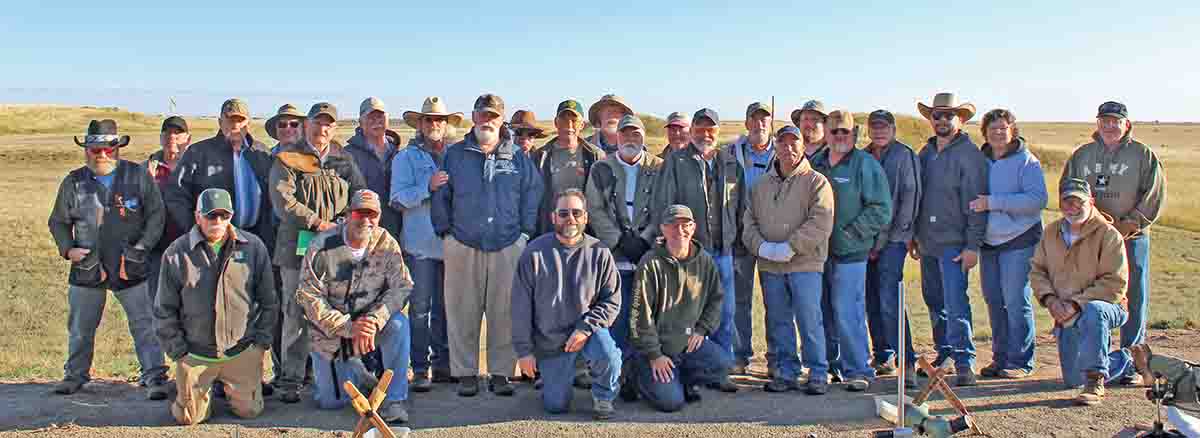
Friday morning of the shoot came and we woke to a slight wind, but as the day progressed, the wind gods decided I needed some excitement. They could not decide what direction they would blow – or how hard. However, the smell of black powder, the sound of your spotter saying that you hit in the black, was very exciting.
For the next three days, the conditions were extremely challenging and humbling at times. I learned very quickly that shooting paper and shooting steel targets are two different things. You truly see how your loads will perform and what is happening. When all was said and done, I did end up shooting well for a first-timer in this game. The Creedmoor is truly a team sport and my spotter worked as hard calling the wind as I did trying to hold hard, be one with my rifle and follow his instructions.
One of the most exciting parts of this match was the start of the new Black Powder Target Rifle Association by Robert Garibay (bptra.org). He put on a fantastic National Championship without any politics involved and I met some great new friends. The Byers Shooting Range was challenging and very well maintained. I would highly recommend to anyone that has never shot this sport to try it. There is no need to be intimidated, as everyone is willing to help you. This shooting sport, along with other BPCR Silhouette and Long Range shooting events, needs to be supported by all of us. If we look around on the shooting line, we are getting older, and it is so important for us to continue to educate and get more shooters involved. We need to put all politics aside and remember why we like shooting black powder and the shooting sports in general.
A big “thank you” to Jim Terry for helping me get involved in shooting Creedmoor and to Robert Garibay and his wife Michelle, for putting on a great First National Creedmoor Championship. I look forward to attending next year’s National Championship and other matches across the states. Shiloh was proud to donate and get behind this new organization to help it grow and help keep the oldest shooting sport alive.


